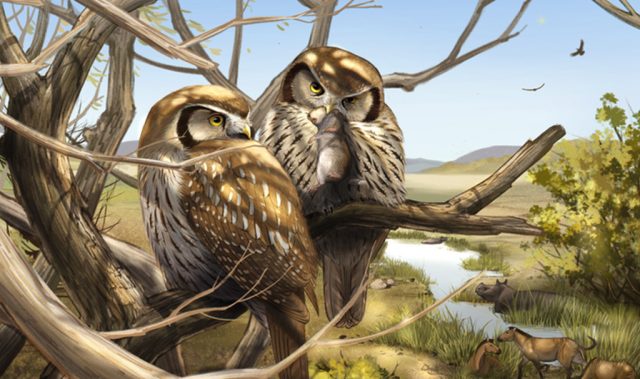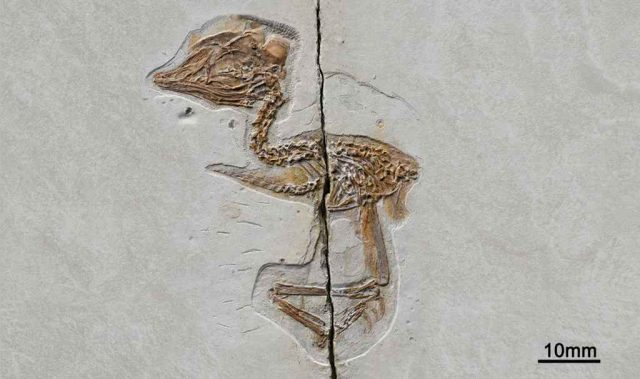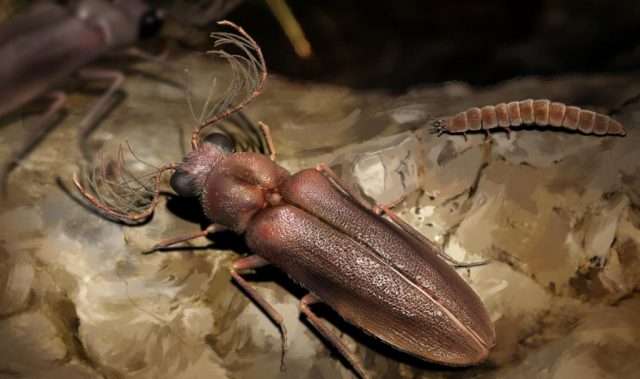
AsianScientist (Jun. 18, 2021) – Scientists have unearthed the skeletal remains of an ancient species of giant rhinos that roamed northwestern China 26.5 million years ago. Their findings were published in Communications Biology.
While today’s African and Asian elephants surpass modern rhinos in size, the situation was markedly different millions of years ago. Standing over seven meters tall—roughly equivalent to a three-storey building—and four times heavier than African elephants, ancient giant rhinos called paraceratheres were one of the largest mammals to ever walk the Earth.
Though paraceratheres fossil fragments have been recovered from Eastern Europe all the way to East Asia, their origins remained murky due to their wide geographic spread. However, a new find by scientists from the Chinese Academy of Science (CAS) has finally shed some much-needed light on the giant rhino’s movements across Asia.
According to Professor Tao Deng of the CAS Institute of Vertebrate Paleontology and Paleoanthropology, the fossil trove—comprising of a complete skull, jaw and three vertebrae—describes a new species known as Paraceratherium linxiaense.
Named after its discovery spot in Linxia Basin, located in China’s northwestern Gansu province, P. linxiaense is larger than any other known paraceratheres species. By studying the skull and jaw bones, Tao and his colleagues surmised that the extinct giant rhinos had a slender head over a meter in size and a long neck that allowed them to chew leaves from treetops.
By comparing P. linxiaense to other members of the paraceratheres family—including P. bugtiense, first found in Pakistan—the team’s findings suggest that the giant rhinos freely journeyed thousands of kilometers across the open landscapes of ancient Asia. In fact, the giant rhinos may have passed through the Tibetan plateau to reach the Indian-Pakistani subcontinent, suggesting that the area was not yet highly elevated millions of years ago.
“Through to the late Oligocene, the evolution and dispersal from P. bugtiense to P. linxiaense…demonstrate that Tibet, as a plateau, did not yet exist and was not yet a barrier to exchange of largest land mammals,” concluded the authors.
The article can be found at: Tao et al (2021) An Oligocene giant rhino provides insights into Paraceratherium evolution.
———
Source: Chinese Academy of Sciences. Photo: Chen Yu.
Disclaimer: This article does not necessarily reflect the views of AsianScientist or its staff.












